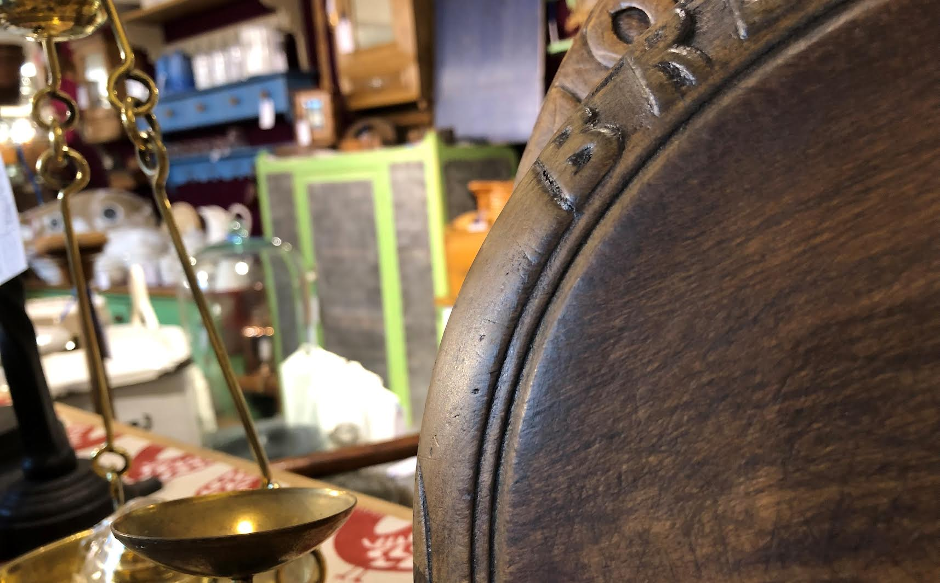
Love the past but can't afford its fine furniture or precious wares? Then delight the array of curious goods found in old kitchens. Many everyday items from the Victorian era can be picked up on a budget - still attractive and even usable. From antique scales to Singer sewing machines, let’s take a look at the most popular domestic items to collect and how to make sure you're buying a genuine piece.
Antique kitchen utensils
We might think our kitchens are kitted out abundantly today, but they pale in comparison to Victorian kitchens. Cooking in the late 1800s was laborious: there were graters and beaters, moulds and mashers, pots and pans, corers and cleavers. Basic gadgets such as potato peelers can be bought with a five pound note today, but you might come across a more elaborate design, such as a Victorian mechanical apple peeler, go for up to £250 at auction. Crocks, tins, shadow boxes, pot racks and pie cabinets are all handy storage solutions if you’re wondering how to display antique kitchen utensils in your collection.
Antique cutlery
A collector’s delight can fill a cutlery drawer to the brim. Antique silver knives, forks and spoons are commonly found items in antiques shops and markets, yet still very much in demand. If you land upon full setting services, you’re looking at value in the thousands. Even an odd collection of antique silver knives can fetch hundreds. The most important factor to examine is whether the item is sterling silver or silver plated - the latter is cheap, so check the hallmark. Consult our guide to identifying antique silverware for more on this.
Antique scales
Of all the scales antiques, those from the mid-19th century - a complete set of balancing pans with a horizontal beam and brass weights - are most sought after. Depending on their condition and age, antique scales for sale can fetch between £5 and £500.
Antique sewing machines
The iconic Mrs Beeton declared the sewing machine an indispensable appliance for every home in her 1861 Book of Household Management. Without it, women would suffer ‘undue fatigue’ hand-sewing. When it comes to these devices, only one name comes to mind: Isaac Singer. He invented the first domestic sewing machine, operating at 900 stitches a minute, in 1851. So how much are antique Singer sewing machines worth today? The answer can depend on three factors: quality, condition and age. Know where to find the serial number on antique Singer sewing machine models and you’ll be onto a good start. In general, those produced before 1890 are valuable - selling for several hundred pounds in mint condition.
Antique corkscrews
Keen collectors hunting down antique corkscrews for sale should have their eyes peeled for those made between 1880 and 1920. Quality mechanical antique corkscrews from this period can fetch up to £1,000. Budget buyers can also be catered to - ordinary antique corkscrews usually go for between £20 to £100. Plump for pieces with silver handles if you can, particularly if it has an unusual design and the name of a maker, distiller or wine-shipper marked on it.
Who buys antique sewing machines, scales, utensils, and other kitchenalia?
Buyers of centuries-old kitchenware run the gamut from interior lovers adding character to a country kitchen with antique scales to serious collectors of silver cutlery. At Hemswell Antiques Centre, we cater to them all. Have a good root through our curious collection of kitchenalia or grab some wonderful pieces at our Lincoln-based centres in person. Our lovely kitchenalia lives predominantly in Building One, with their own cosy coffee shop, should all those cooking treasures have you hungry for tea and cake. However, you will find some kitchenalia in The Guardroom and Building 3 too.